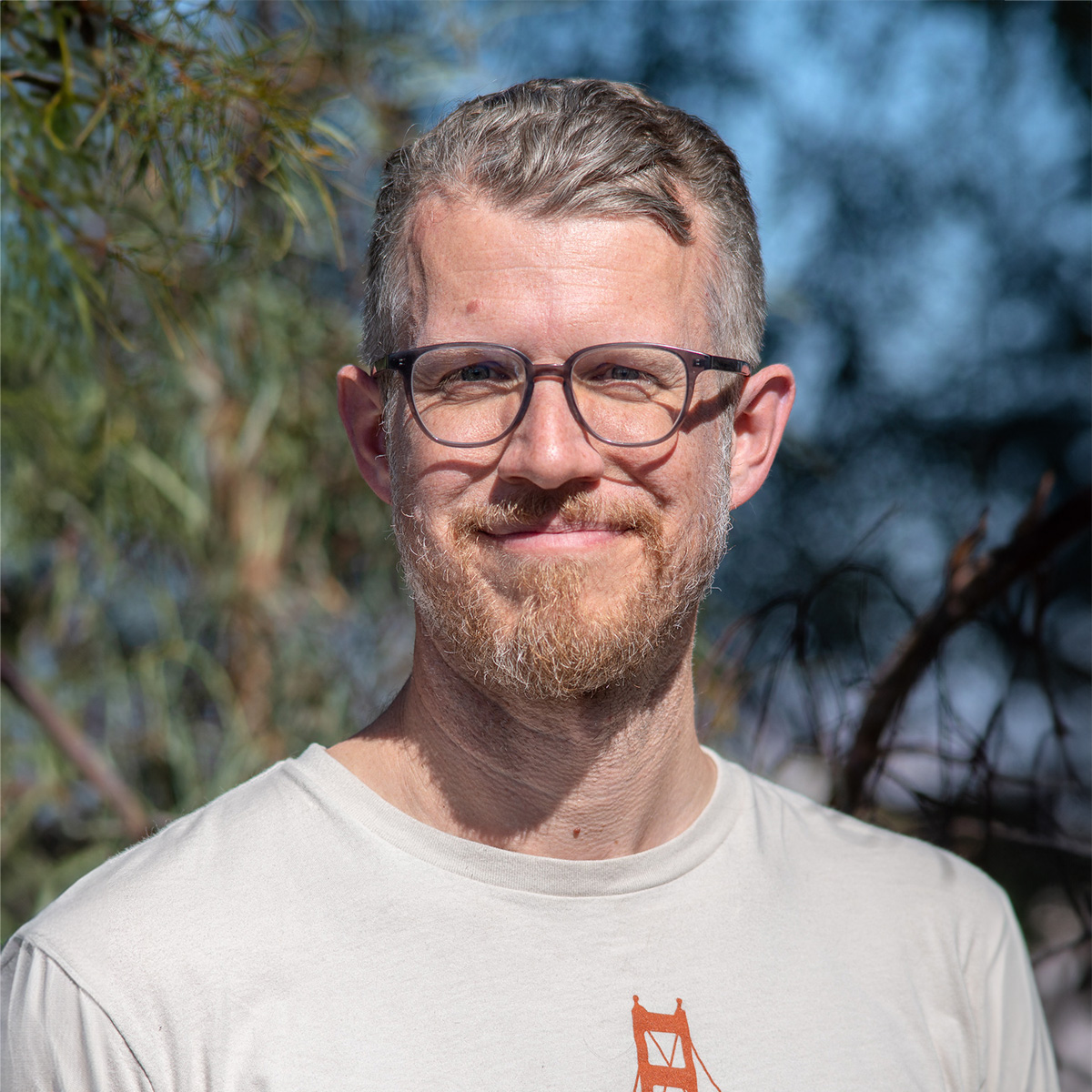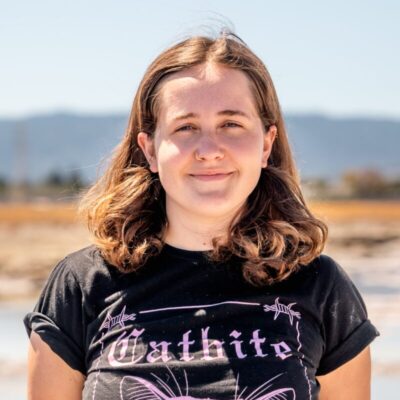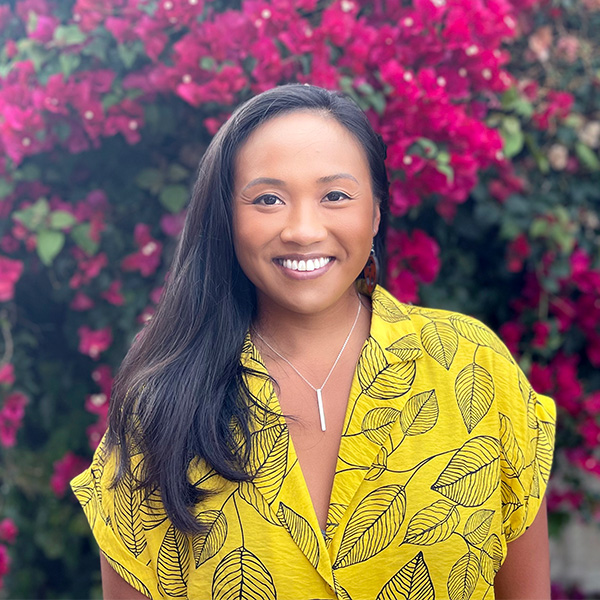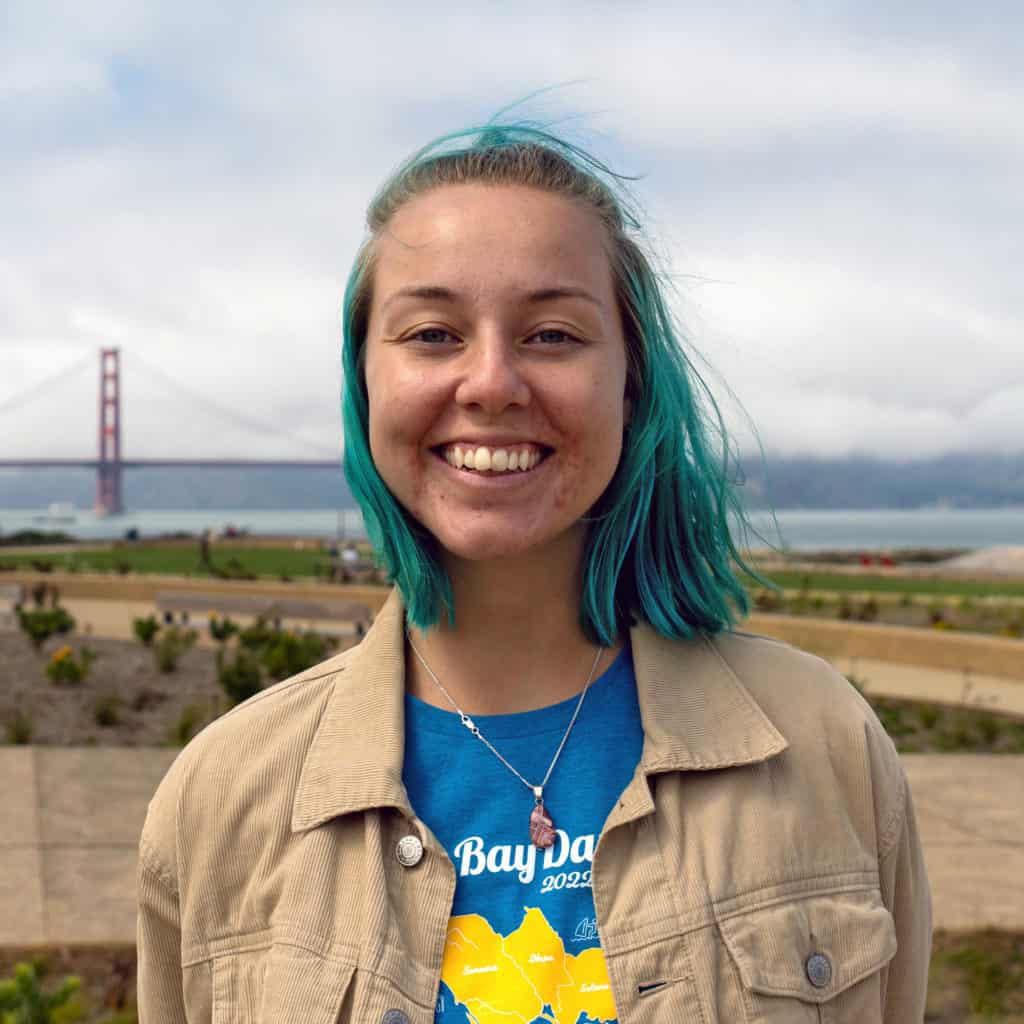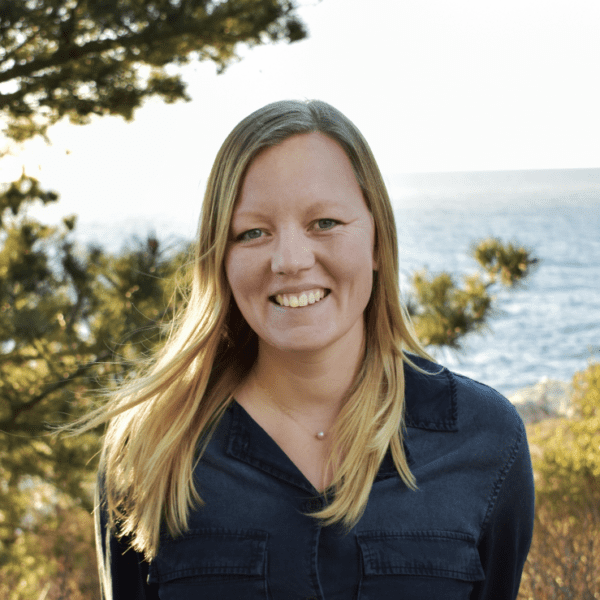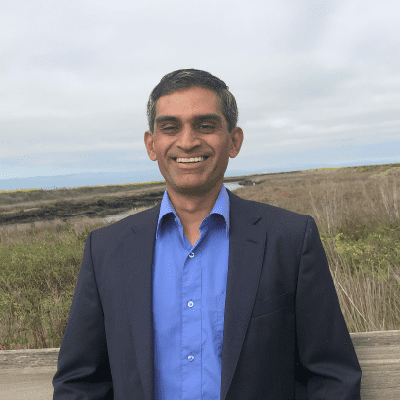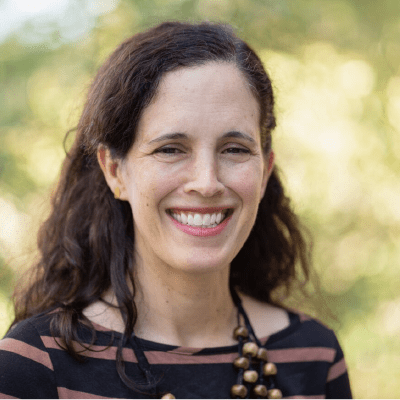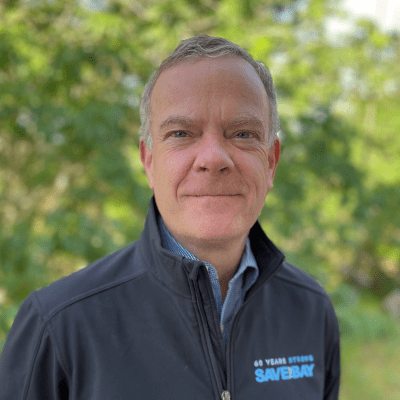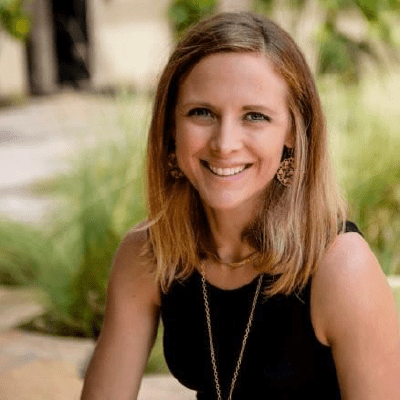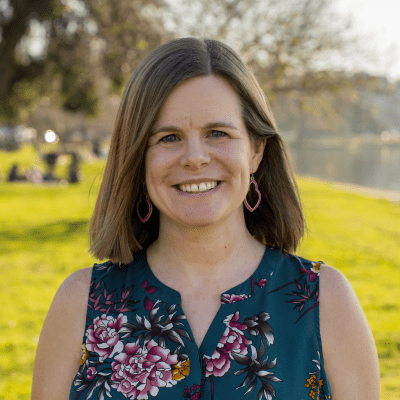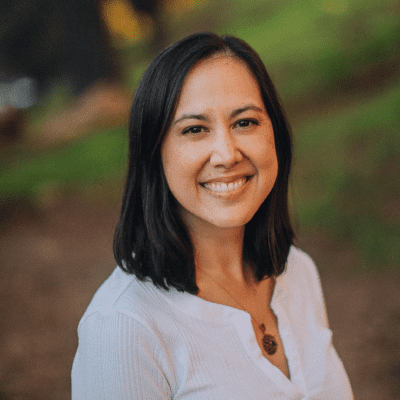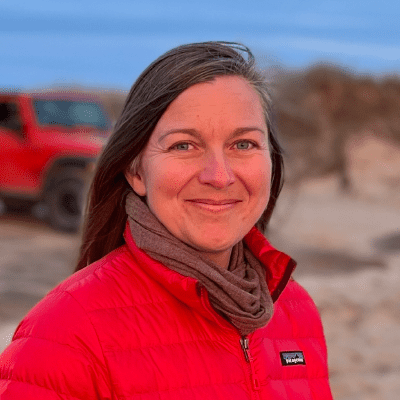On May 23 during Affordable Housing Month, Save The Bay, Greenbelt Alliance, and TransForm hosted a panel discussion about the intersection between affordable housing and the environment. The conversation featured Vice President of the Association of Bay Area Governments and Mayor of Berkeley Jesse Arreguín, TransForm’s Housing Policy Manager Grecia Mannah-Ayon, Greenbelt Alliance’s Resilience Manager Jordan Grimes, and Save The Bay’s Political Director Allison Chan.
The Bay Area is severely behind on producing affordable housing. Nearly half of Bay Area renters are rent burdened and 38,000 people are experiencing homelessness. This is not only unjust and unsafe, but deeply connected to our ability to address climate change and protect our natural environment.
This fall, Californians have a chance to help address this issue by voting for an affordable housing regional bond that will increase our supply of affordable housing in the Bay Area.
Q&A
Thank you to everyone for their detailed questions for our panelists. We selected some of the additional questions to answer below. Stay tuned for further resources on additional topics related to the BAHA measure and climate.
- What’s the average rent for affordable housing?
The “affordable housing cost” for lower-income households is defined in California State law as not more than 30 percent of gross household income with variations.
- I have heard that the BAHFA (Bay Area Housing Finance Authority) plan is to become a self-supporting funding organization in the future. In other words, this bond won’t have to be repeated every 10 years. Is that how you see it?
BAHFA’s plan to fund affordable housing is distinct from most jurisdictions. It would be new for the Bay Area. It would create a source for funding that doesn’t exist now – if the BAHA Ballot Measure General Obligation Bond passes this November.
As a public entity, BAHFA wants to be a public lender to provide construction and permanent loans for housing projects, in lieu of private profit-making banks. After BAHFA earns interest and fees on the loans, they would use those to become a self-sustaining public interest mortgage lender. And over time, they could provide subsidies attached to the loans and loans at reasonable rates. This allows for public interest expenditures in a new way. They will also work to control construction costs to help with the cost of building the housing.
For more detail, see chapter 4 of the BAHFA Business Expenditure Plan.
You can learn more about The Bay Area Housing Finance Authority here.
- How can this $12B leverage other monies that already aren’t enough to support exiting proposals for affordable development? Unleveraged, the $12B pays for, say, 15K units.
Yes, that is part of what makes the BAHA measure unique. We can raise significantly more funding beyond single-county measures. Since local funding across the region has been patchy, this measure is an opportunity for all counties to have dedicated funding for housing and even the playing field. Here is the chart breaking down where the money would go:
| County & Direct City Allocations | $10B GO Bond | $20B GO Bond |
|---|---|---|
| Alameda County (excluding Oakland) | $984 M | $2.0 B |
| Oakland | $383 M | $765 M |
| Contra Costa County | $925 M | $1.9 B |
| Marin County | $352 M | $704 M |
| Napa County (excluding City of Napa) | $100 M | $200 M |
| City of Napa | $79 M | $158 M |
| San Francisco | $1.2 B | $2.4 B |
| San Mateo County | $1.0 B | $2.1 B |
| Santa Clara County (excluding San Jose) | $1.2 B | $2.4 B |
| San Jose | $1.0 B | $2.1 B |
| Solano County | $248 M | $497 M |
| Sonoma County (excluding Santa Rosa) | $282 M | $564 M |
| Santa Rosa | $121 M | $242 M |
| BAHFA | $2.0 B | $4.0 B |
- Did anybody consider a less-regressive revenue source such as local income taxes? Income taxes reimburse Parcel Taxes at almost 50% to the affluent and maybe 17% for the lower income homeowner.
A General Obligation Bond, which is funded by ad valorem property taxes, was chosen as the best way to generate the large amount of money needed to finance the region’s critical housing needs in a short amount of time.
Support the ongoing work to address affordable housing and the environment by donating to TransForm, Greenbelt Alliance, and Save The Bay.
Climate Conversations is a series of events bringing together climate leaders from throughout the region. Across this series, we will delve into the challenges facing the Bay Area, and the solutions we can implement to ensure our region is resilient to sea level rise and climate change.
Watch the previous webinars:


